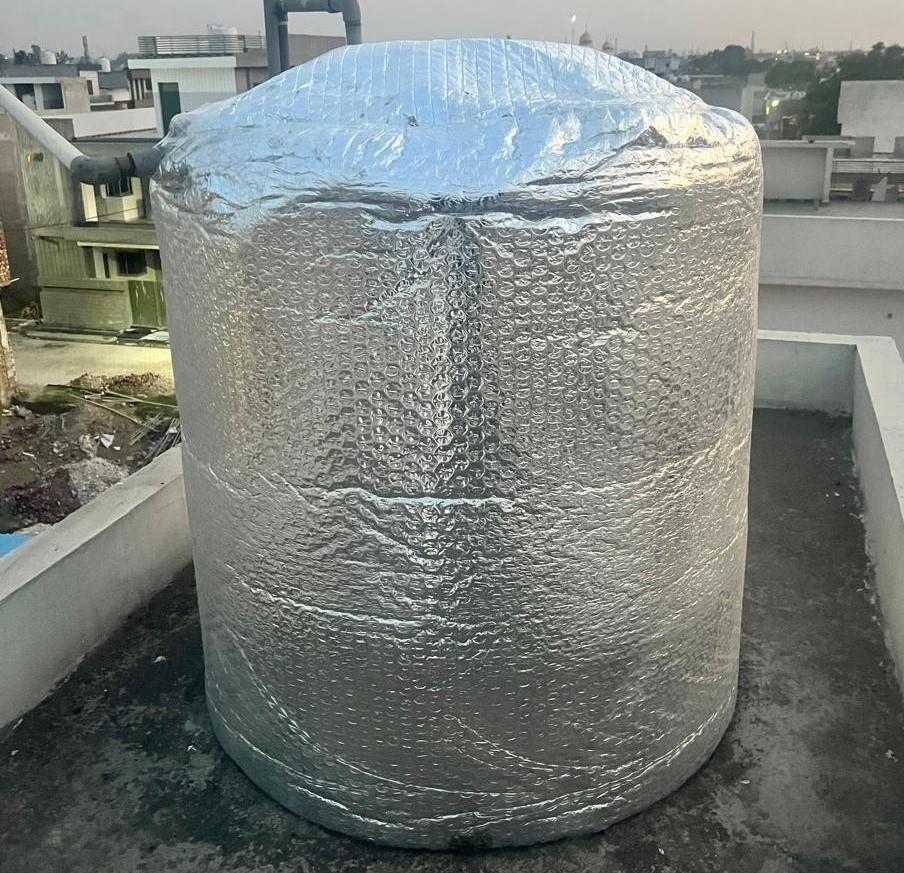
Reducing water evaporation from outdoor storage tanks is crucial for conserving water, especially in areas experiencing drought or high temperatures. Evaporation can lead to significant water losses, increased costs, and impacts on water availability. Implementing effective strategies to minimize evaporation can be beneficial for industries, municipalities, and individuals alike. Here are some practical ways to reduce water evaporation from outdoor storage tanks.
1. Use of Floating Covers
One of the most effective ways to reduce evaporation is by using floating covers. Floating covers are designed to sit on the water’s surface, creating a physical barrier between the water and the atmosphere. These covers can reduce evaporation by up to 90% and are typically made from durable, UV-resistant materials such as high-density polyethylene (HDPE). They not only prevent evaporation but also help keep contaminants like dust, leaves, and other debris out of the water. Floating covers are particularly suitable for large tanks and reservoirs as they are easy to install and maintain.
2. Install Shade Structures
Another approach to reduce evaporation is by creating shade over the tank. Shade structures, such as awnings, roofs, or shade cloths, block direct sunlight from hitting the water, significantly reducing the temperature and evaporation rate. Shade cloths, in particular, can be effective as they are lightweight and affordable, and they allow air to flow while keeping sunlight out. However, permanent structures like metal or wooden roofs offer better protection and durability, although they may require a larger initial investment.
3. Use Chemical Evaporation Suppressants
Chemical evaporation suppressants are specially formulated compounds that create a thin, invisible layer on the water’s surface. These chemicals, often made from biodegradable and non-toxic materials, form a molecular film that slows down the rate of evaporation. When applied correctly, these suppressants can reduce evaporation by around 30-50%. Although effective, chemical suppressants require frequent reapplication, especially in areas with heavy rainfall or wind.
4. Paint Tanks with Reflective Coatings
Applying reflective or light-colored coatings on the tank can also minimize water loss due to evaporation. Reflective paints reduce heat absorption by reflecting sunlight, which keeps the water inside the tank cooler. This can be particularly effective in reducing evaporation rates in hot climates. Additionally, reflective paints provide added protection against UV radiation, which prolongs the life of the tank and reduces maintenance costs.
5. Regular Maintenance and Leak Prevention
Regular maintenance of tanks helps prevent water loss from leaks and reduces the chance of evaporation caused by structural damage. Conduct routine inspections to identify and repair cracks or worn areas that might contribute to evaporation or leakage. Keeping the tank in good condition, with no gaps or holes, is essential to maintaining its efficiency in storing water.
6. Increase Tank Insulation
Insulating the tank can reduce the impact of temperature changes, which directly affect evaporation rates. Insulated tanks stay cooler for longer, slowing down the evaporation process. Materials such as foam insulation or specially designed tank jackets can be used to cover the outside of the tank, helping to stabilize water temperature and reduce evaporation. This method is particularly useful in extremely hot or fluctuating temperature zones.
7. Reduce Water Temperature with Cooling Systems
For tanks where water temperature control is feasible, using cooling systems can prevent overheating, which can significantly reduce evaporation. These systems may include misting devices, water circulation pumps, or heat exchangers, which work by cooling down the water or circulating it to reduce surface exposure to sunlight. While this option can be more costly and energy-intensive, it’s ideal for large-scale or high-value water storage applications.
Conclusion
Reducing water evaporation from outdoor storage tanks is achievable through various methods, each suited to different tank sizes, climates, and budgets. Floating covers, shade structures, chemical suppressants, reflective coatings, and regular maintenance are some of the most effective methods. Implementing one or a combination of these strategies can significantly decrease water loss, helping conserve water resources, lower costs, and increase efficiency.


